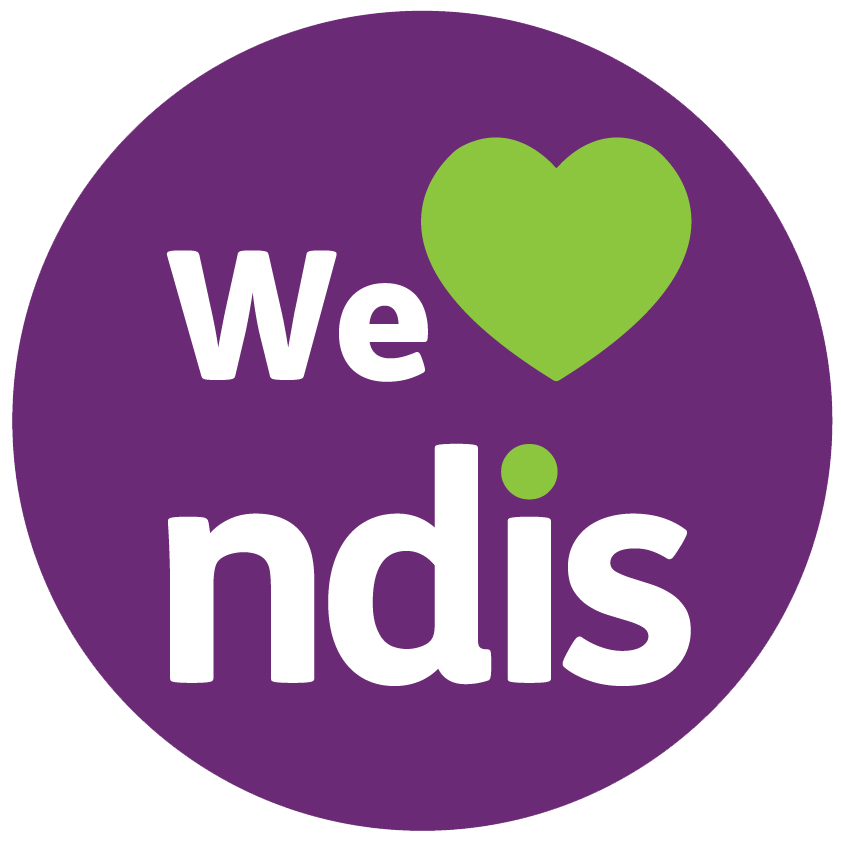
August 01 2021
Supported Independent Living
Supported Independent Living (SIL) opens up a world of possibilities for NDIS participants who want to move out of their family
home or be more independent in their own space. If you’ve received your funding approval for SIL, and you’ve found a home to
move into that you’re sharing with someone else, you may be wondering what you should pack to bring with you. Here are six easy
tips to help you think of everything you may want to bring.
Want to learn more about what SIL looks like with the National Disability Council? Click here.
Tip One: Create A Bedroom That Makes You Feel At Home
Shared living is very much that – shared. While it’s a fantastic way to meet others and socialise, for those of us who love our own space, there may be less privacy than you’re used to as you share living areas, kitchens and common spaces with between 1-6 other people. This is where creating a bedroom that has you feeling at home and relaxed can be a refreshing retreat.
Bedrooms usually come empty
A blank canvas for you to set up and decorate how you choose. Just double-check with your housemates or
accommodation provider that this is the case. You can bring any personal possessions you’d like – from your bed and
bedroom furniture to your keepsakes, photos, hobbies, decor – you name it. It’s a good idea to get your room dimensions prior to the move so you know that all your bedroom
furniture will fit.
We recommend writing down
all the things you love in your current room, the things you love to do, the things you use daily, and what makes you feel at home. Then bring these things! From your comfy robe and slippers, to your favourite books and family photos. Practical items people often forget include clothes hangers, multi-plugs and extra hooks for hanging things on your walls.
Tip Two: Don’t Miss Out On Your Favourite Shows
Love watching TV?
We recommend bringing a personal TV for your bedroom. It may come in handy for those times where your taste in TV shows may differ from that of your housemates, or you just need some time to yourself. This way you always have the option of relaxing in your room with your favourite show.
If you have a TV subscription service like Netflix
Don’t forget to write down your username and password so you can log in from your new home – and don’t forget the remote!
Tip Three: Check With Your Housemates About Common Areas
Would love to bring your favourite chair for the lounge?
Have special cooking equipment you’d love to bring? Many participants presume that because their new home is usually already furnished, they can’t bring anything to add to shared spaces like the living area. This isn’t always the case. Even if your new home is already fully furnished, talk to your housemates or house supervisor about what is possible and what they are happy with. Often housemates are happy to accommodate new items or furnishings – as long as they fit and don’t cause any problems – like
obstructing accessibility or mobility. Some participants find small items like footstools can make a world of difference to their comfort while sitting, while others find having their plants in living areas refreshing and soothing. Each home is different, so
don’t be afraid to ask the question.
Tip Four: Pets Welcome?
If you’ve got a beloved four-legged friend or other fur babies in your current home, especially if you’re currently living with family, it may be upsetting to have to leave them behind. Good news: some SIL accommodation is pet-friendly. Just ask your provider or house supervisor – and your family!
Tip Five: Check Your Current Systems
Being in the same environment helps jog our memory. Whether it’s to take medication at certain times in the day or water our plants, we often have many systems and reminders in our home that help keep us on track. Don’t forget to bring what you need to use or create these systems in your new shared home. This can look like alarm clocks, post-it notes on the bathroom mirror, a daily checklist – whatever is currently working for you.
Take medications? The easiest medications to forget to bring with you are those stored in the fridge instead of your bedside table or medicine cabinet. Don’t forget to check your fridge, bathroom, laundry and garage for any items you regularly use that you want to take – like gardening supplies if that’s a hobby.
Tip Six: In Case Of Emergency
Being in a new home can feel daunting at first, especially if it’s your first home away from your family. Make sure to bring any
devices or items you may need in case of any emergencies. Start with easily accessible contact numbers for anyone you want to reach – from your family members to your housing provider to emergency services. Have a paper copy as well as a digital copy.
We will ensure that they have everything they need in the case of an emergency – bearing in mind SIL is for people with >12hrs of care per day so pretty high needs.
Does A Shared Home Not Feel Right For You?
We work with NDIS participants of all ages, stages and circumstances to get them into the best home for their needs. For many of our participants, shared living isn’t the right fit – and that’s okay. We have a strong focus on helping get participants into their own single-occupancy homes and deliver exceptional SIL services in these residences.
If this sounds like you, book your complimentary call with our team here.


